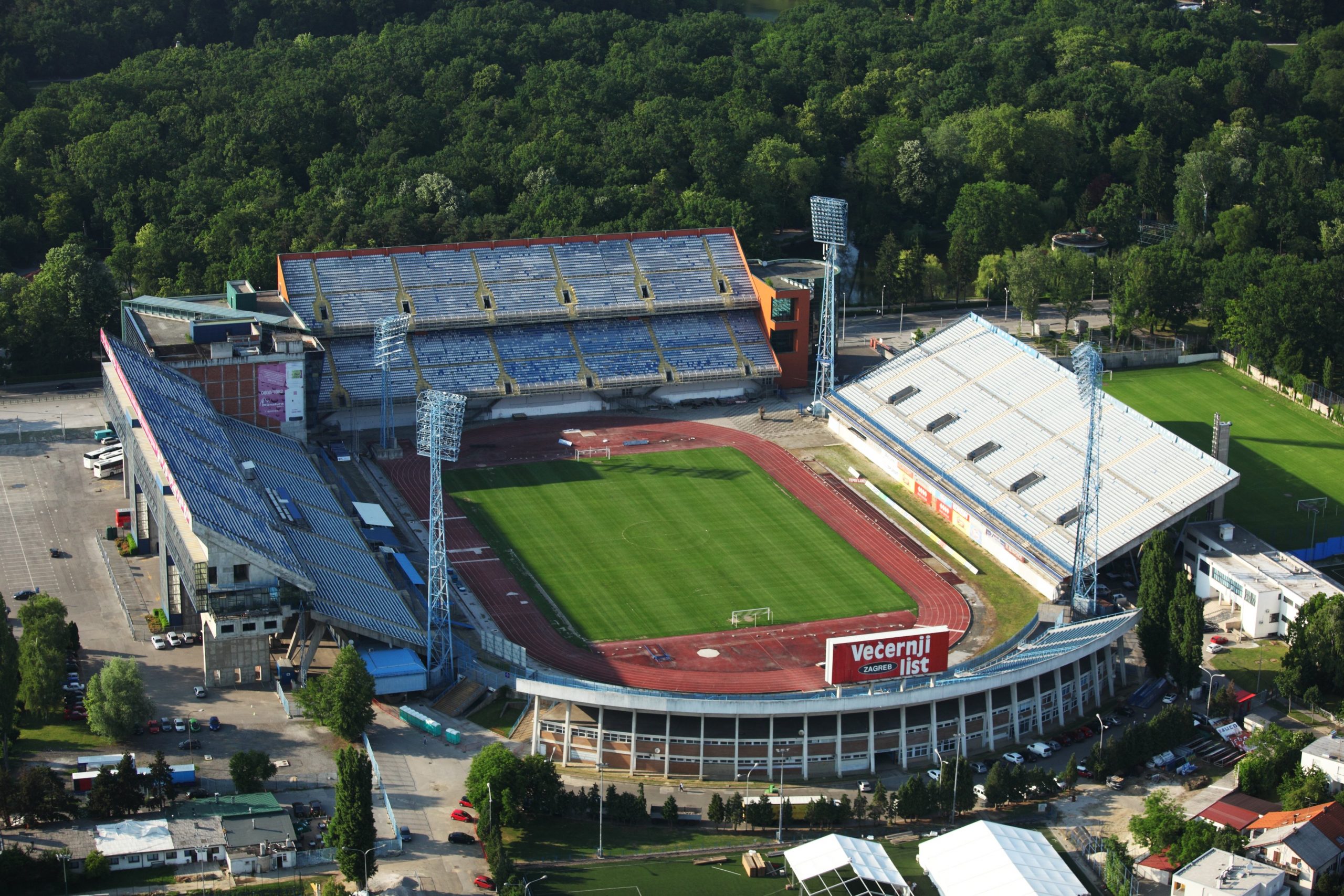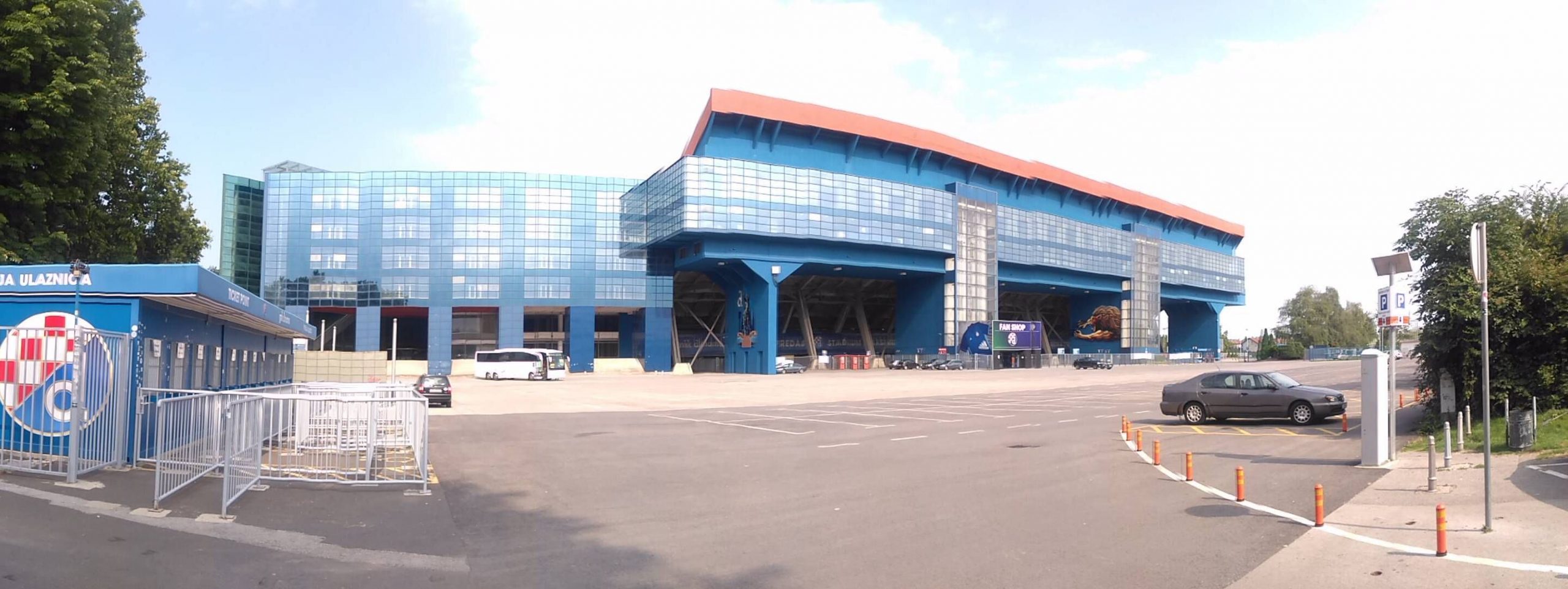History of Maksimir stadium which opened 108 years ago today
- by croatiaweek
- in Sport

Maksimir Stadium turns 108 (Photo credit: Marko Vrdoljak/Zagreb Tourist Board)
ZAGREB, 5 May 2020 – Maksimir stadium in the Croatian capital, Zagreb, which takes its name from the surrounding neighbourhood of Maksimir, celebrates its 108th birthday today.
The stadium, home today to Dinamo Zagreb, first opened in1912 on 5 May when HAŠK from Zagreb played BAK from Budapest. Before the match, a curtain-raiser between two sides from the HŠK Građanski club was played.
In 1911, academics from the city of Zagreb gathered in the Croatian Academy of Sciences and Arts and conceived and implemented a project for the construction of a sports field in the then peripheral part of the city.
In search of a suitable location for the construction of the football field, the representatives of the Croatian Academy of Sciences and Arts addressed Archbishop Dr. Anthony Bauer, who was the preliminary initiator of the construction of the sports complex near Maksimir park.
The location was a great blend of park and forest, flora and fauna, sports and recreation. Archbishop Bauer, as rector of the University of Zagreb, had a special feeling for sports activities within the academic community. Therefore, in 1912, the then HAŠK club leased the land on which the football field was built the same year.
Five tennis courts were built up under the western stand, and in 1927 the first official Davis Cup match of the former Yugoslavia was played in one of them, right in the area of today’s southern elevator tower.
Zagreb’s academics played football in Maksimir, while Dinamo, as a continuation of HŠK Građanski, played on the old pitch in Koturaska Street. Dinamo moved to Maksimir only in 1948 and in January 1952 the Executive Board of the City of Zagreb, with the confirmation of the Government of the People’s Republic of Croatia and the National Committee of Zagreb, transferred the entire complex to the club, Dinamo Zagreb said.
Immediately after the relocation, Dinamo, on its own initiative, initiated redevelopments to the stadium, building a smaller concrete grandstand in the west, and setting up embankments for spectators around other parts of the ground. Construction of the stadium complex began in 1953 under the design of architect Vladimir Turina. The first works involved setting up an athletic track and building a complete western grandstand. The north stand was erected in 1955, the east stand in 1961, while the south stand was completed in 1969.

View being the west stand (Photo credit: Franjo Tahy/CC license)
Constructed in stages, the stadium was completed in 1974 with the installation of new electric floodlights. The old floodlights were moved to the stadium in Kranjčević, home of NK Zagreb. Further works occurred on the eve of the 1987 Universiade with a change of roof on the lower west stand.
During the early 1990s, when all thoughts were directed towards defending the Homeland during the war and when sports activities were in the background, the club itself ran into serious existential problems. As he did not have the ability to maintain the stadium, in 1992 the entire sports complex was handed over to the city of Zagreb.
A major reconstruction of the stadium began in 1998 with the demolition of the old one and the construction of a new northern stand and the upgrading of the upper west stand. The project envisaged moving the running track and lowering the pitch, but work was abruptly suspended in December 1999.
In 2013, the club invested in a number of additions for the stadium, including installed new seats, a heated lawn, an automatic irrigation system, and light blue artificial turf around the stadium.



